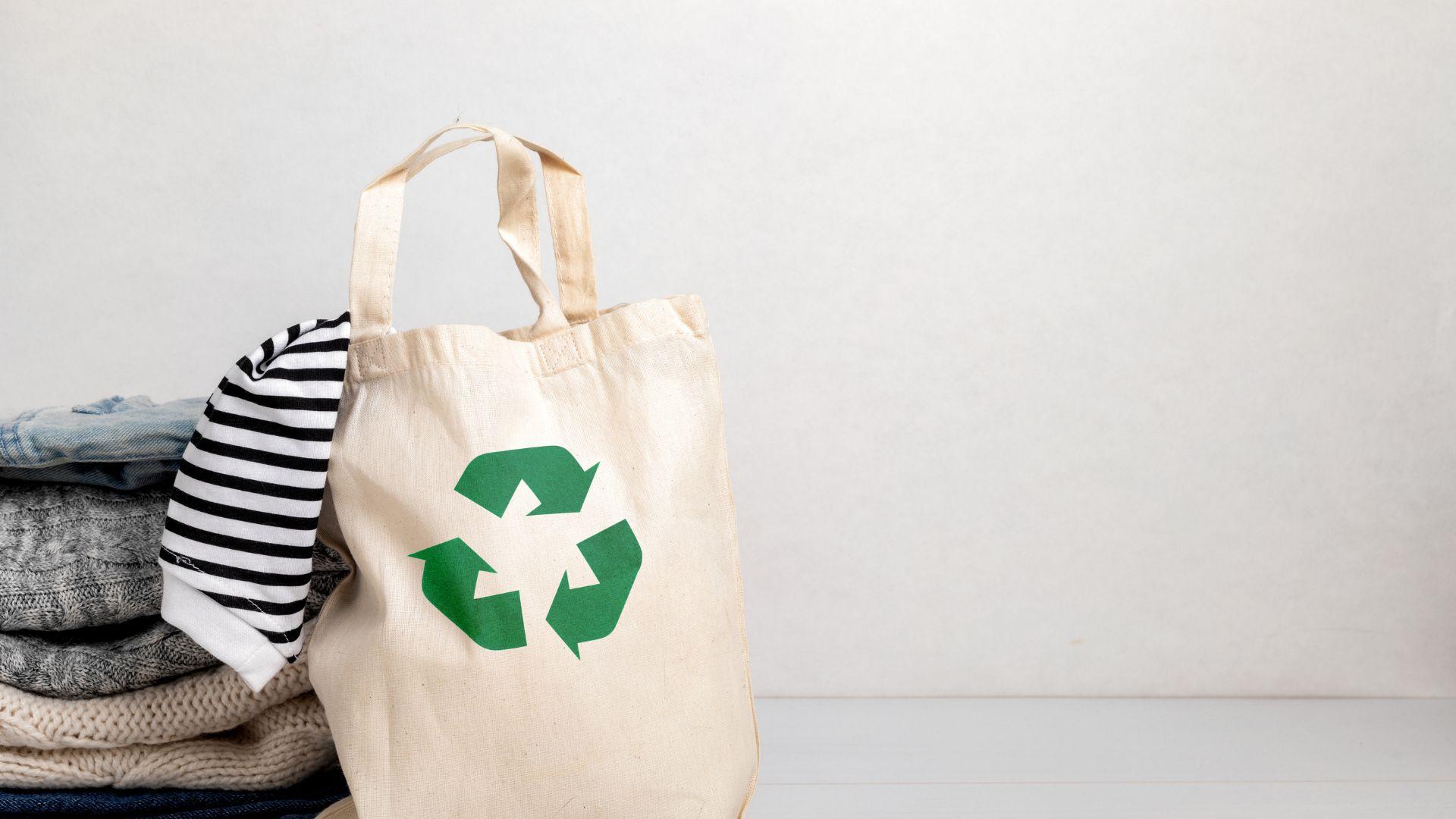Embracing product longevity and extending product lifespan emerges as a current and indispensable strategic priority for cultivating sustainable business growth and securing a responsible future for modern enterprises. Longer product life span represents a fundamental shift in how businesses approach sustainability, moving decisively from a conventional linear consumption model (single use) to a circular one.
This strategy is vital for minimizing environmental strain, preserving valuable inputs, and fostering both innovation and financial viability within organizations.
Related Article: The Next Era of Sustainable Business: Going from Circular to Regenerative Model
Table of Contents
ToggleHow Product Longevity Becomes a Core Strategic Shift in the Circular Economy

Product Longevity signifies a product’s extended usable life, defined by its durability, effectiveness, and continued repairability over time. This concept positions itself as a direct strategic lever for businesses operating within a Circular Economy.
It shifts companies beyond merely selling new items to actively retaining the embedded value in existing ones, fundamentally transforming how resources flow and enabling systemic business resilience.
This strategic choice compels businesses to compete on the basis of long-term value delivery and resource efficiency, rather than perpetuating continuous material extraction and disposal. It fosters a paradigm where value is maximized through extended use and comprehensive recovery throughout the product lifecycle.
Sustainable Business’s Practical Strategies for Extending Product Lifespans
Maximizing product longevity requires integrating sustainability across the entire product lifecycle through the three steps below.
1. Design for Durability & Circularity
Applying eco-design principles like biomimicry (emulating nature), the cradle-to-cradle philosophy (ensuring infinite recyclability), and systems thinking (considering broad ecosystem impact).
In material selection, prioritize recycled, renewable, bio-based, and low-impact resources, with local sourcing also reducing environmental footprints. Designing products with modular, easy-to-replace components also further enhances their lifespan
2. Use Phase & Maintenance
Businesses can offer accessible maintenance and repair services, including spare parts, repair guides, and service centers. Encouraging consumer mindset shifts through education and incentives (like warranties or trade-ins) promotes valuing quality over quantity. Furthermore, fostering intense and shared product use through models like bike sharing optimizes resource utilization.
3. End-of-Life Management
Refurbishment and remanufacturing restore used products to a like-new state, creating valuable secondary markets. Implementing product take-back and recycling programs enables the reclaiming of materials, encouraging consumer participation. Reverse logistics streamlines the handling of returns, repairs, and end-of-life collection, maximizing resource recovery.
Recognizing Challenges in Embracing Product Longevity
Implementing product longevity strategies for sustainable business comes with specific challenges in diverse aspects, tied to circular business models.
1. Consumer Culture of Convenience
A prevalent preference for cheap, disposable products often requires strategic shifts in consumer education and effective incentives to promote durability.
2. Technological Obsolescence
Rapid advancements, particularly in electronics, can quickly render products outdated. Mitigating this involves designing for modularity and providing consistent software updates.
3. Supply Chain Complexity
Circular practices demand robust management for reverse logistics, refurbishment, and recycling. Collaboration across the supply chain and leveraging technologies like blockchain are critical enablers
4. Data Scarcity & Measurement Nuances
Limited data on actual product lifespans and the complexities of measuring multi-dimensional sustainability impacts (environmental, social, economic) pose hurdles for accurately quantifying success.
Such measurement often requires methodologies like Lifecycle Assessment (LCA), which analyzes impacts from raw material extraction to end-of-life, alongside other vital metrics like material footprint, waste generation, and repair rates.
Considering Product Lifespan for Circular Consumption Practice
Product longevity is a powerful strategic choice for businesses, propelling them towards greater sustainability and seamless circular economy integration. By reducing resource consumption and waste, companies may unlock new revenue streams through innovative models like remanufacturing and build supply chain resilience, which secures competitive advantage and future-proof operations.
Accelerate your sustainable business contribution to the circular economy using an integrated digital solution for carbon management from Satuplatform. Schedule a free demo via our main website today.

